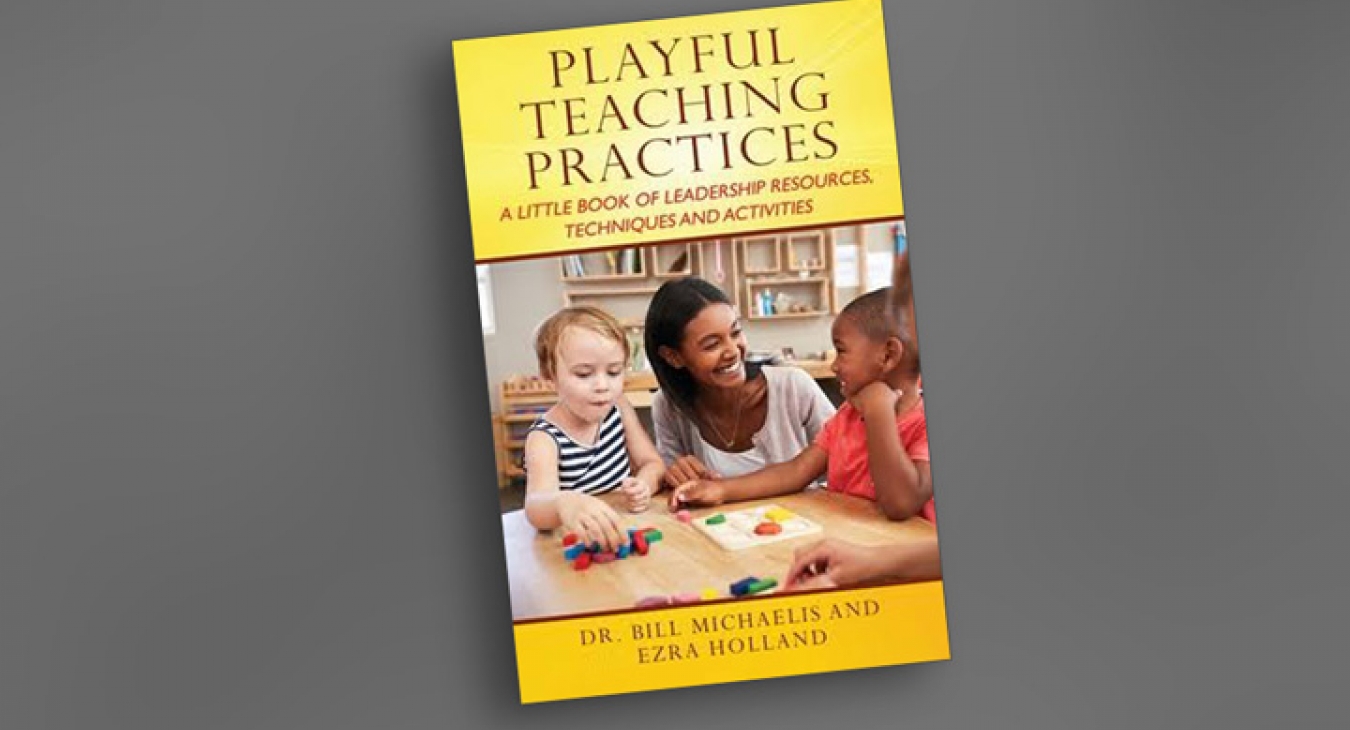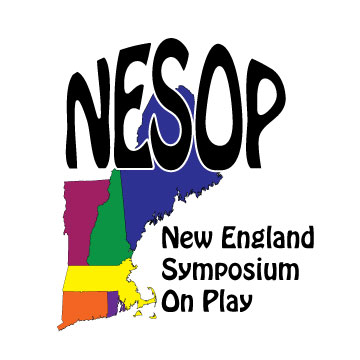Book Review: Playful Teaching Practices
A Little Book of Leadership Resources, Techniques and Activities
Playful Teaching Practices: A Little Book of Leadership Resources, Techniques and Activities, written by Dr. Bill Michaelis and Ezra Holland. Parker, CO: Outskirts Press, Inc. 2019. 100 pp. softcover. ISBN: 9781977202093
The authors, Dr. Bill Michaelis and Ezra Holland, have once again collaborated to give the play community more guidelines to facilitate play in their activities. Dr. Michaelis is a Professor Emeritus at San Francisco State University and owner of Children-Together.com. Ezra is the founder and CEO of The Holland Group, an international leadership training and consulting firm. Together they have written, taught, and consulted extensively in the area of leadership, self-esteem, and healthy living for all age groups. They are an excellent source for play, games, leadership, staff development, communication, positive discipline, stress reduction, and team building through their workshops, events, keynotes, books, DVDs, and other media.
Their latest collaboration, Playful Teaching Practices, offers positive and playful ways to facilitate a group, whether in a classroom, on a playground, at a meeting, or in other group settings. Designed to create quick access to field-tested playful teaching practices, this 100-page book offers checklists and stories from the authors’ own experiences in leading groups.
Although there may be some settings that are more serious in nature, the authors suggest that adding playful techniques to group leadership is successful in most situations. Their techniques are aimed to make the group dynamic feel safe, inviting, and fun. Using a continuum of different methods, playful facilitation eases players into the right spirit, mood, and energy for the activity.
The chapters are preceded by a brief statement of the key principles related to that particular playful teaching practice, followed by fun suggestions to use to implement that practice. Space is left at the end of each chapter for the reader to include their own ideas of fun activities.
Chapters 1 and 2 give an introduction to their playful teaching practices as well as the principles and fundamentals that will be further discussed in the chapters that follow.
Chapter 3 focuses on getting started. Using simple non-threatening icebreaker activities to loosen up the group for the activity to follow begin with ideas for warm-ups that include variations of high fives, handshakes, and partnering techniques. The goal of helping the group form teams is to encourage individuals to get into groups quickly, randomly, fairly, and arbitrarily so no one is singled out and everyone feels valued.
Chapter 4 builds on the principles of group dynamics that build relationships with effective communication and teamwork. The best team building activities help foster problem solving, collaboration, cooperation, initiative, empathy, and caring for others in the group.
Dispute resolution and positive reinforcement are the focus of Chapter 5. Techniques to resolve conflicts and ease players back into play quickly without bad feelings are given as well as offering ways for players to solve their problems on their own.
Chapter 6 emphasizes the need to move the group to take ownership of the activity and to feel empowered to modify it as they wish. The central theme of playful teaching practices is to have the activity become less adult-led and more directed by the group.
Ending the activity well is discussed in Chapter 7. It is important to close the activity on a strong, positive note. The leader must be aware of the group’s level of enthusiasm watching for decreased interest or tiredness. Ideas for activities and rituals to end well are given.
Chapter 8 suggests techniques to fine-tune the skills of the leader by learning to be an effective communicator, able to assess the group’s needs, and use different styles as needed to keep the flow moving. Chapter 9 emphasizes being creative with the activities by changing them up with variations of the rules, equipment, and other changes, and creating new games. Chapter 10 encourages leaders to use these playful teaching practices in diverse settings to add a fun element to leadership practices.
Chapter 11 is a condensed list of resources that reflect the authors’ philosophy and practice. Throughout the chapters, they specifically referred to The Leader’s Handbook, written by Bill Michaelis and J.M. O’Connell as an in-depth and practical guide to showing leaders how to create fun for their groups.
This book is a quick read loaded with great ideas on how to implement the playful teaching practices recommended by the authors. Every reader who finds themselves leading a group will benefit from these techniques.

















Add new comment